Making a Global Gift
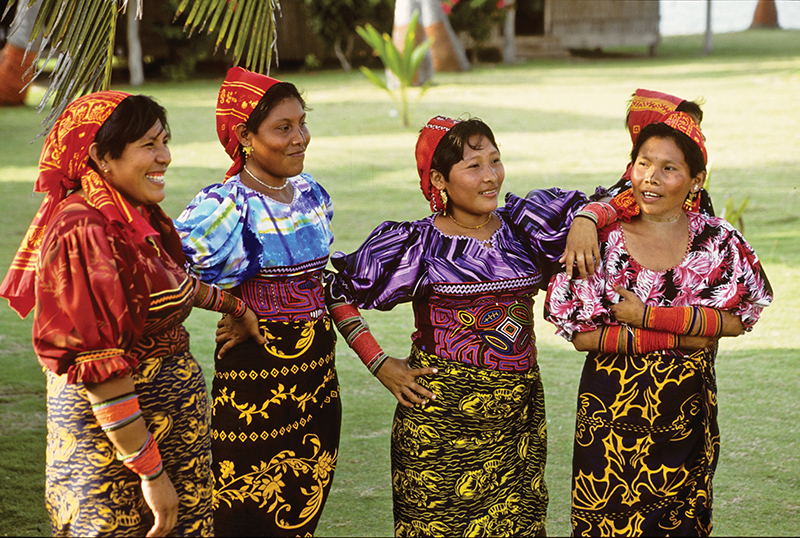
Making a Global Gift
Supporting indigenous people with practical purchases
Posted on Nov. 1, 2016
Thanksgiving is on the horizon and the full holiday season is nearly upon us — a time for us all to count our blessings. With many families around the world struggling to make ends meet, we often wonder: How can we contribute? For travelers, making a true effort to buy locally-made goods can put money directly in the pockets of people who really need it.
We travel a lot and are quickly running out of places to display decorative items. Lately, I’ve changed the focus of my shopping on my trips to items that will serve a useful purpose when I’m back at home. This means no more ducks for hubby’s collection and an embargo on colorful covered boxes for me. I still have fun shopping. In fact, I’m enjoying it more than ever.
I recently learned that these more practical items are called mingei (yes, as in Mingei International Museum in Balboa Park). The term refers to “hand-crafted art of ordinary people.” These objects are typically:
• Made by local craftspeople
• Produced by hand in limited quantity
• Relatively inexpensive
• Functional in daily life
• Representative of the local region
There are many examples of this, but here are a few favorites:
The Sacred Valley of Peru
On a visit to a modest indigenous community in Peru, we saw women weaving wool from alpacas, llamas, and merino sheep on backstrap looms. They dye their yarn using pulverized berries, roots, leaves, and bugs. The fabrics were gorgeous and I was happy to buy several practical table runners and a set of place mats.
Selling these textiles provides support for families in the Peruvian village of Umasbamba. The balance of their meager income is earned from farming potatoes. Donations via the travel company, Ancient Summit, fund a learning center in the community. ancientsummit.com
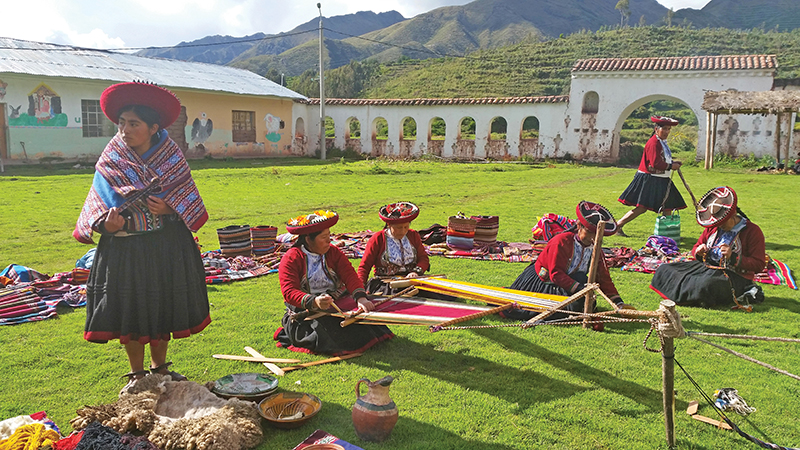
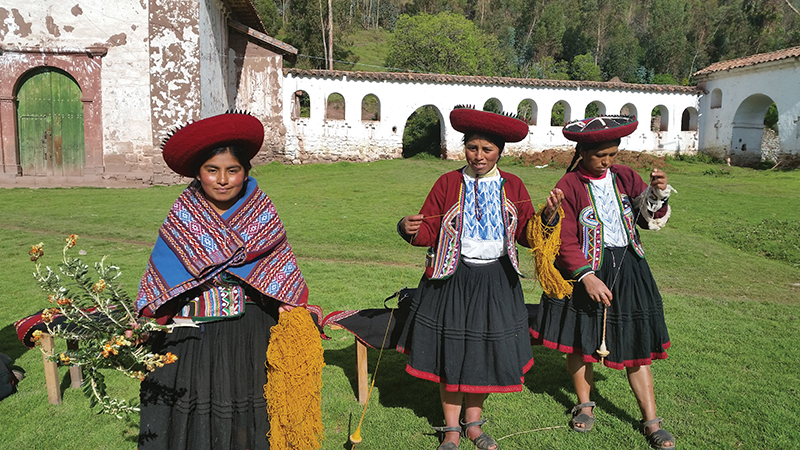
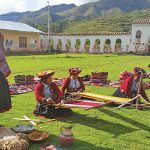
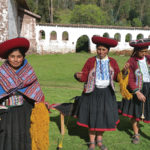
Textiles From the Heart of Africa
We loved our time with Norman Carr Safaris in Zambia and were happily surprised to discover, en route to the airport for our departure, the Tribal Textiles shop. Local Zambian men and women hand paint each piece of fabric with colorful designs of the wildlife and surroundings of the South Luangwa region. Profits from the shop and online sales support the local community school, Malimba, which currently educates over 160 children.
I could have spent hours here watching and shopping, but, with limited time, I only bought a colorful bedcover for our daughter. It never ended up covering a bed. “It’s way too beautiful,” I was told. “We’ve hung it on the wall.” normancarrsafaris.com, tribaltextiles.co.zm
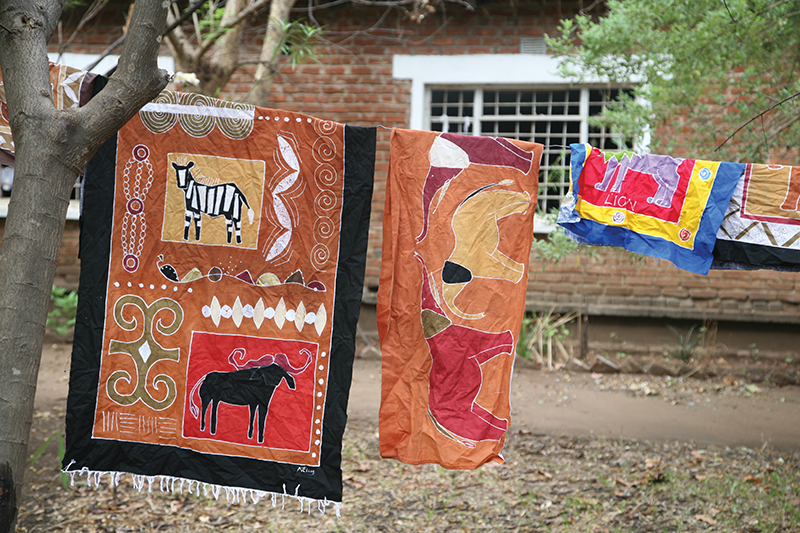
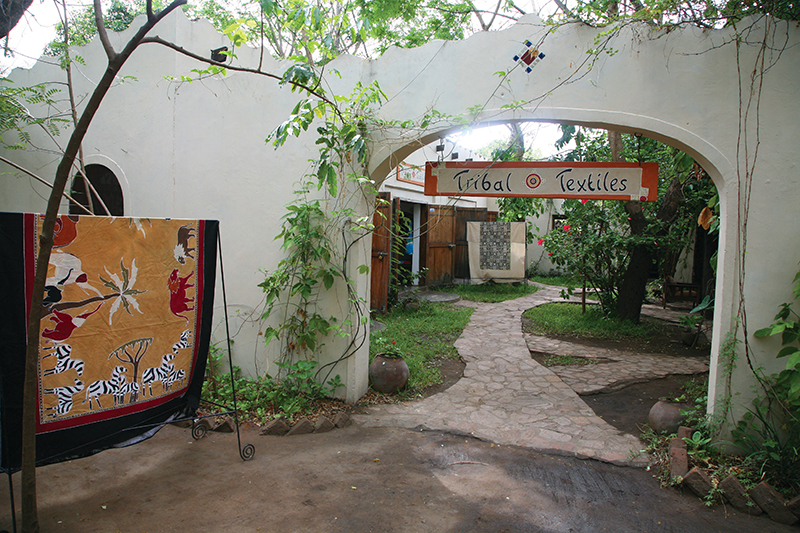
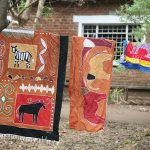
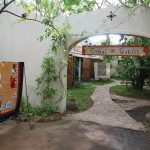
A Treasure-Trove of Indian Crafts
The National Handicrafts and Handlooms Museum (Crafts Museum) in Delhi is a not-for-profit run by the Ministry of Textiles. It didn’t take very long to zip through their exhibits, but we then found a crafts demonstration area in a courtyard behind the museum and were stopped in our tracks.
We can all be conscious to act when we find opportunities to put money directly in the pockets of local people
For the next few hours, we watched craftsmen from all over India weaving, painting, block-printing textiles, and sewing intricate stitching on delicate fabrics. The museum was established to preserve India’s traditional arts and crafts. Everything made in the demonstration area is for sale by the creator. It was also great to shop without the hassle that pervades most public markets in Delhi. My purchase was a large embroidered pashmina, which a clever San Diego seamstress used to cover cushions in our family room.

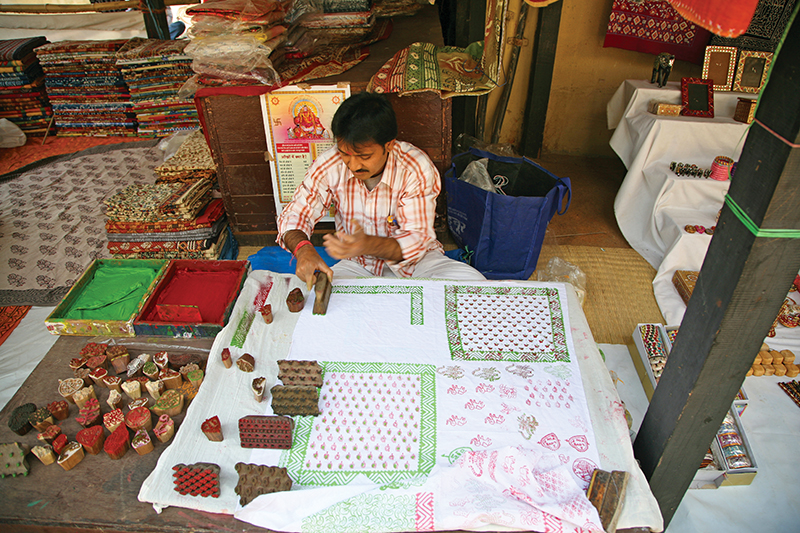
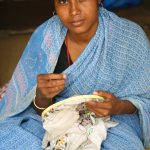
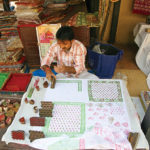
Pillows from Panama
If you are headed to Panama to see the new canal, consider a side trip to the sparsely populated San Blas Islands. It’s a place of beautiful beaches facing the Caribbean Sea. The islands are home to modest communities of Panama’s indigenous Kuna people, who protect their lands against excessive outside use to keep them healthy. Kuna women are known for creating elaborate embroidered panels known as molas. Vintage molas are considered collectable folk art. Examples can be found in museums all over the world, including our own Mingei museum in Balboa Park. A couple of not-so-vintage ones are covering pillows at our home.

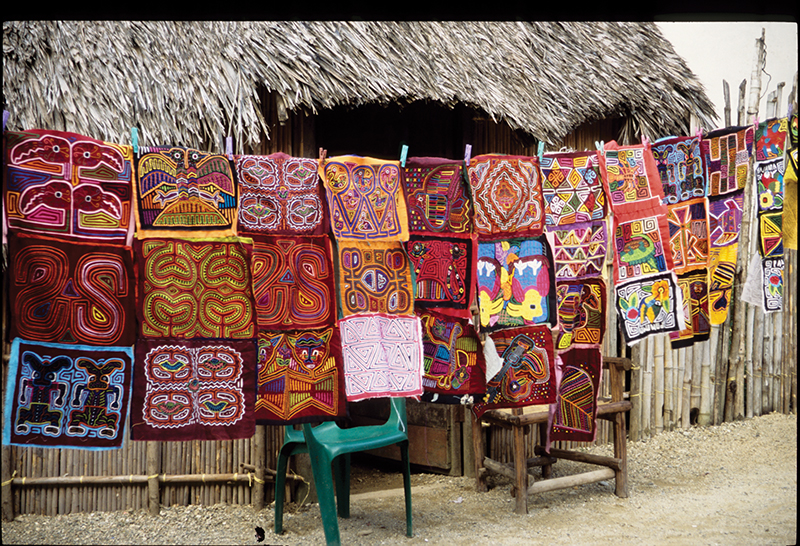
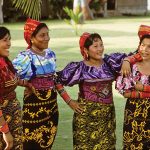

We can all be conscious to act when we find opportunities to put money directly in the pockets of local people. ELIZABETH HANSEN







Comments